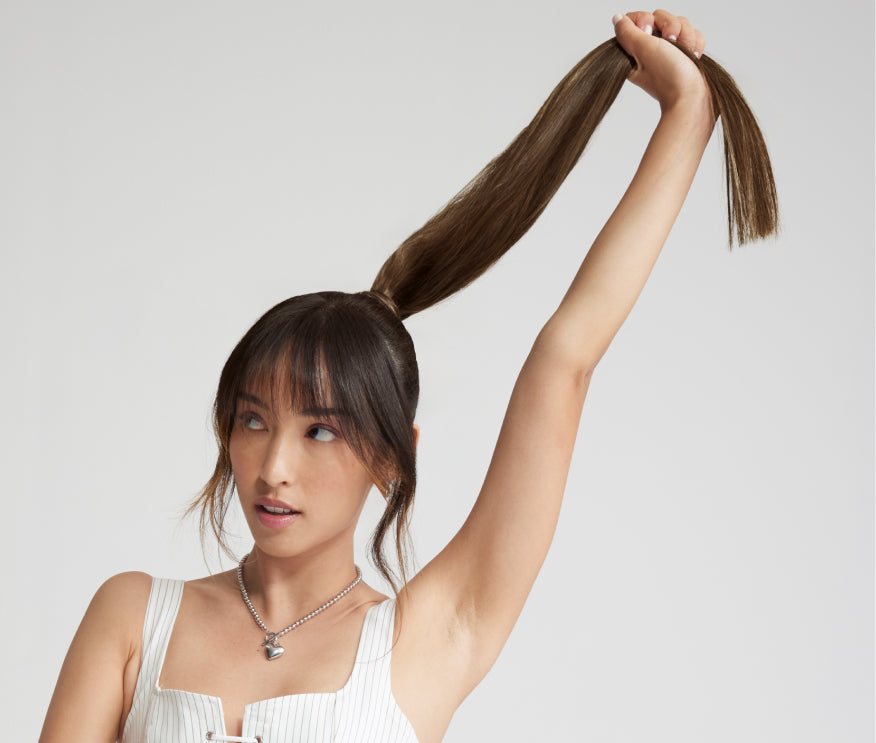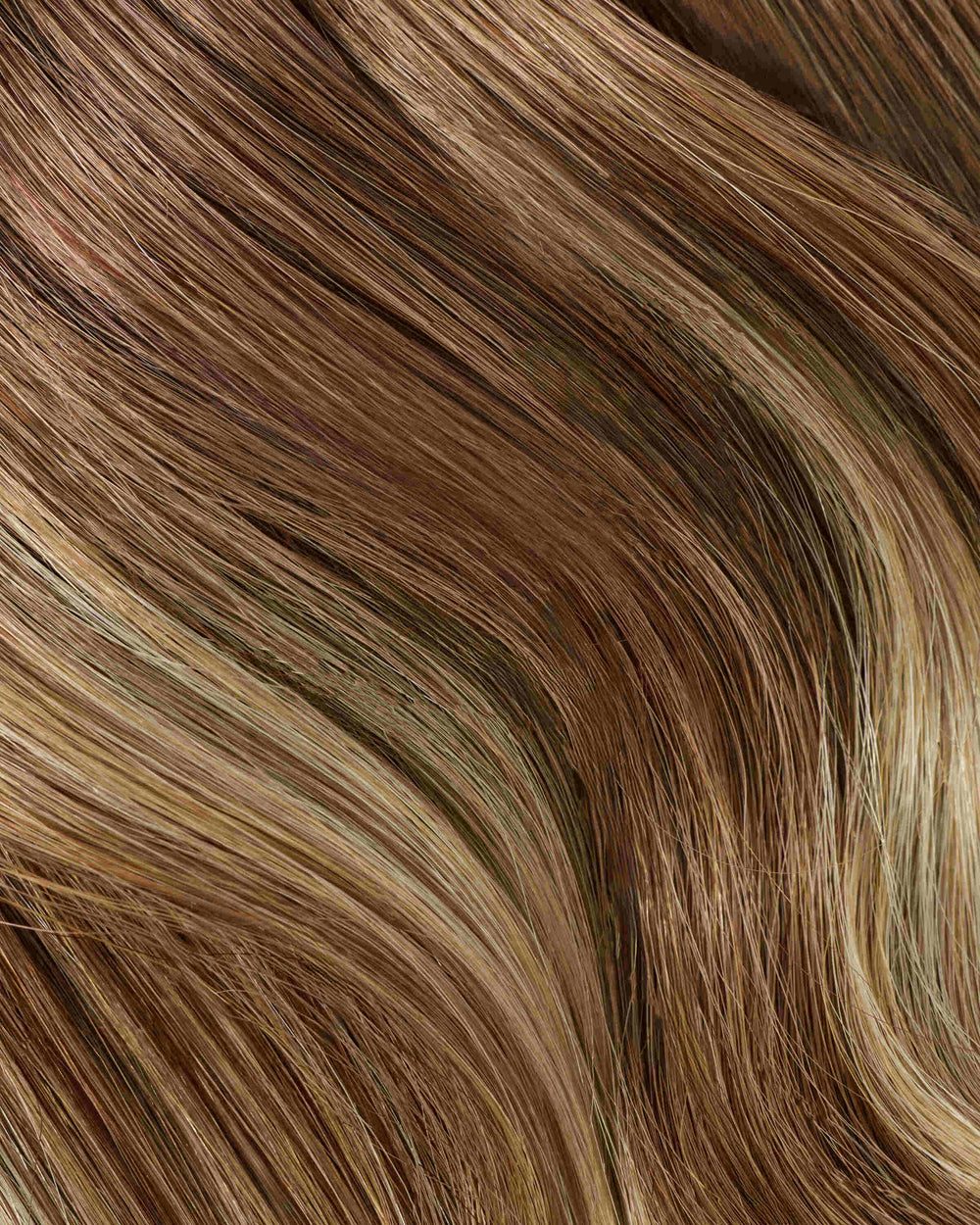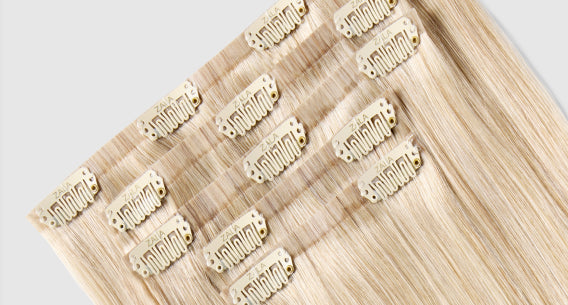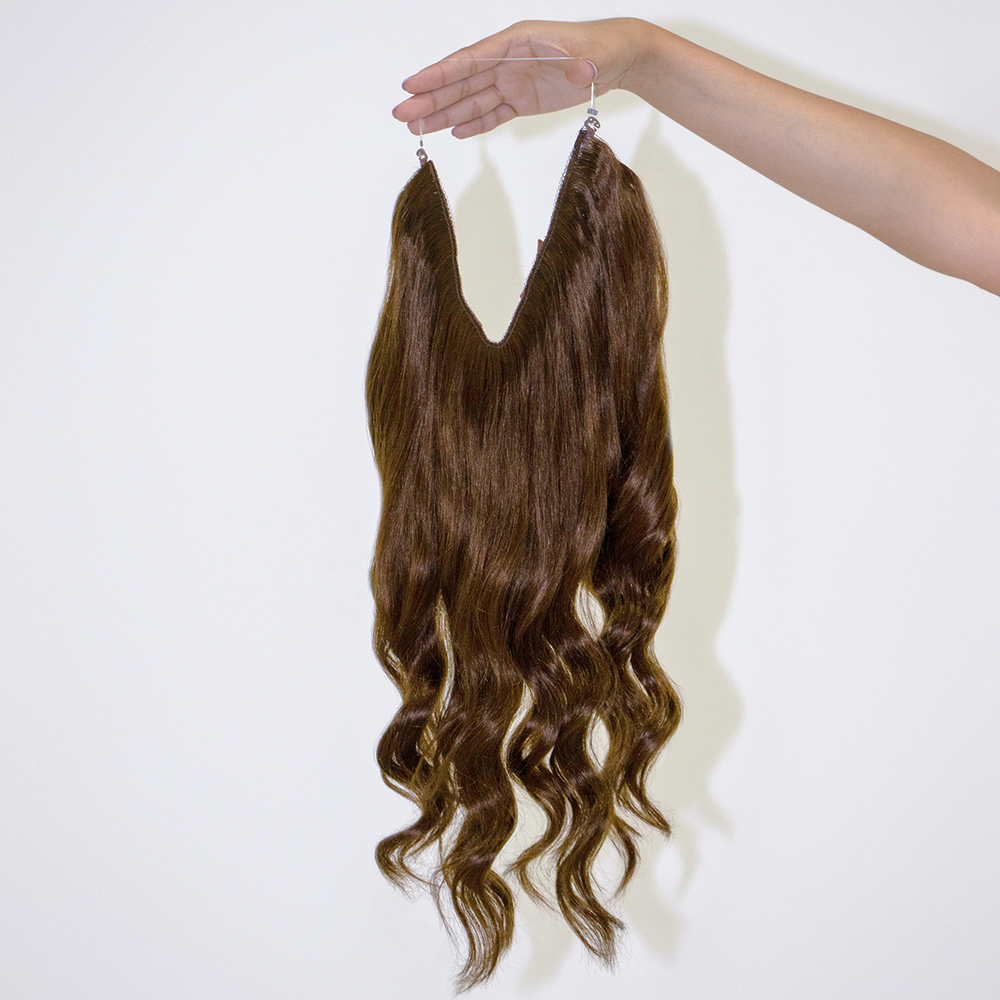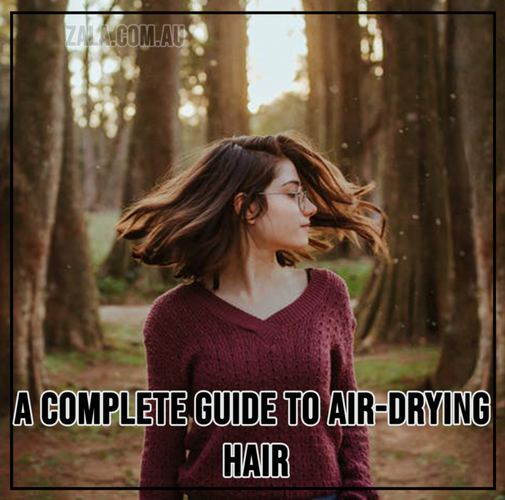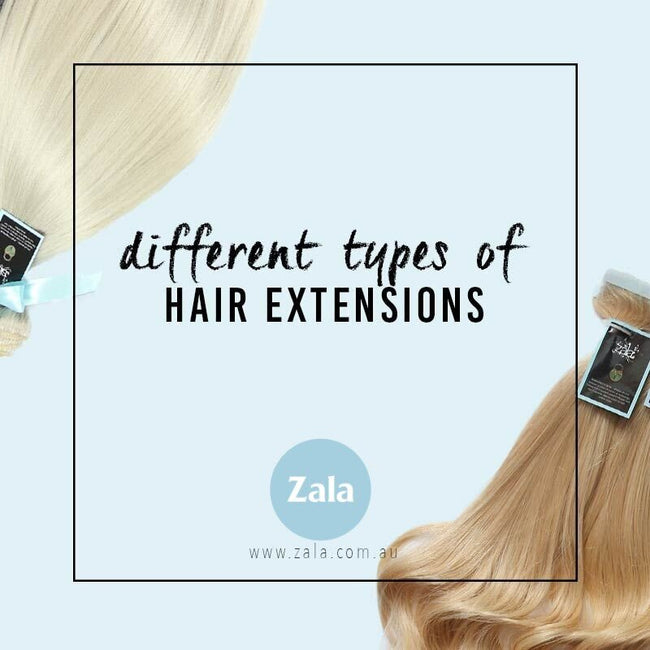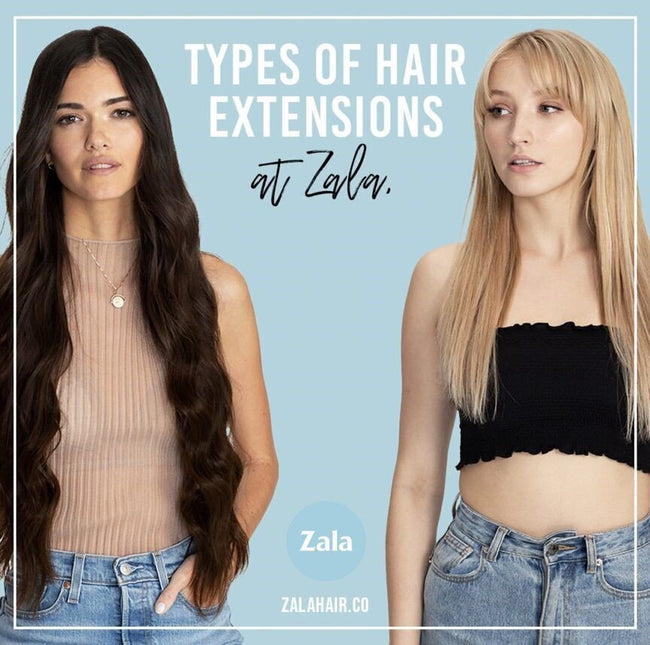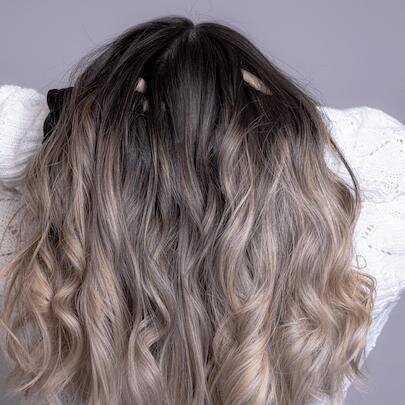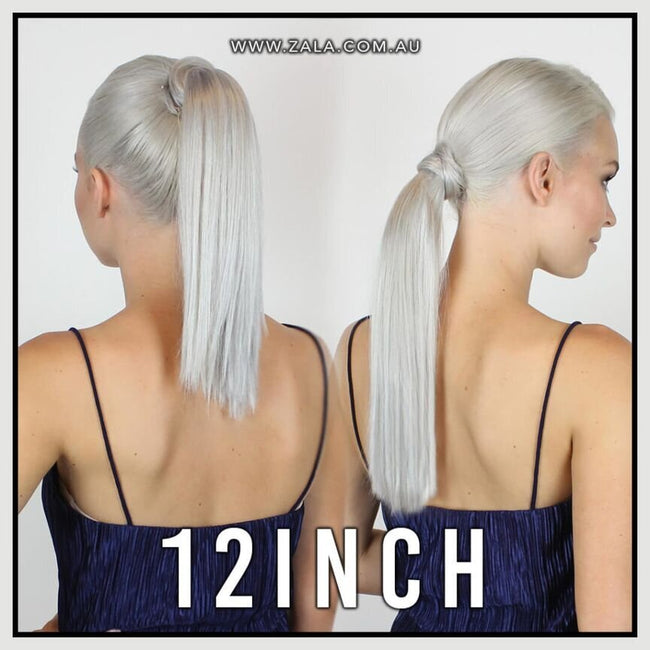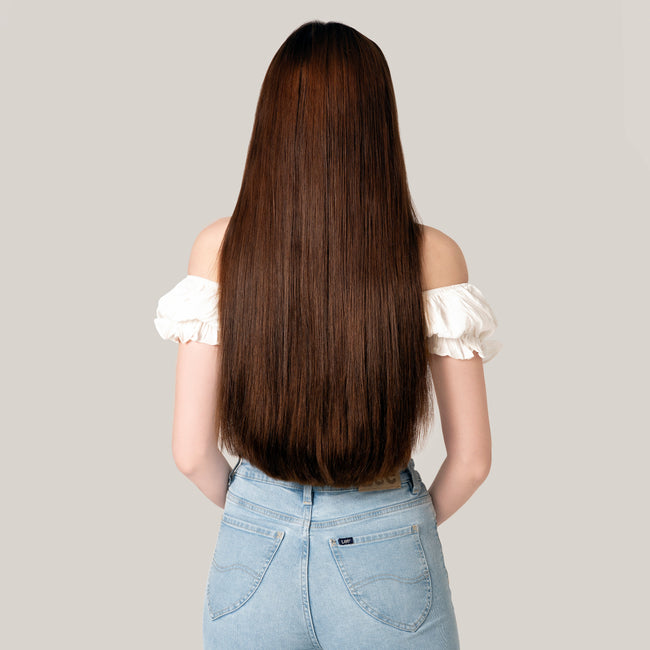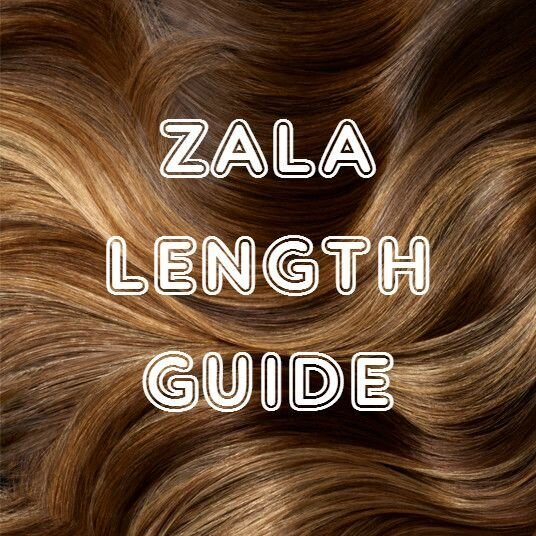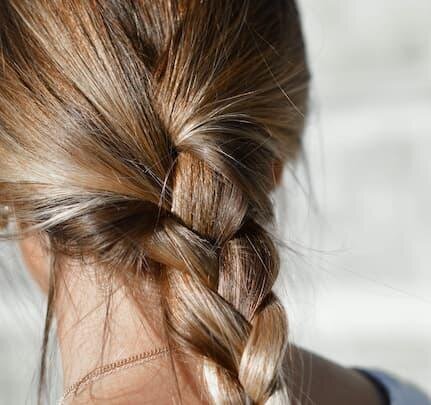The Best Hair Extensions Methods
Hair extensions are among the essential products in anyone's beauty arsenal. The right set of extensions can enhance your hair's texture, length, volume, and bounce.
But hair extensions exist in many different forms, making it challenging to choose the best option for your hair type and condition. And the method used to install the hair extensions to your hair can make a huge difference to the final outcomes. For this reason, it’s essential to understand the different types of hair extension and their pros and cons.
With that in mind, let's look at the different hair extensions techniques.
What Are Clip-In Hair Extensions?
If you don't want to commit to wearing hair extensions permanently or semi-permanently, clip-in extensions have you covered. These temporary extensions are installed to the hair using tiny pressure-sensitive clips attached to the base of the wefts. Clip-ins are suitable for all hair types, except for very short hair since they require strategic blending.
The best part: Clip-ins re the least damaging because they're lightweight. These are also perfect for those who want to wear hair extensions occasionally. You can easily apply and remove the wefts at home without the help of a stylist. Plus, clip extensions are more affordable than most other extensions on the market.
What Are Tape-In Hair Extensions?
Tape-ins are semi-permanent hair extensions. As the name suggests, the wefts come with adhesive tapes attached to their bases. It would be best to visit a hairstylist to have tape extensions applied. Your stylist will place thin strands of your natural hair between each pair of wefts to create a seal.
These hair extensions work best for those with fine or short hair. They can also be applied to medium and long hair. Many people choose tape-in extensions for their natural look since the tape holds the extensions flat to the scalp.
However, your natural hair growth can loosen the extensions over time. As such, you must visit your hairdresser every six to eight weeks to move up the extensions. These hair extensions can be reused and last four to six months on average.
What Are Weave/Stitch Extensions?
With this hair extension method, your stylist will create an anchor braid with a small segment of your hair parallel to your scalp. Then, they’ll use a needle or thread to stitch or sew parts of the hair extensions into the anchor braid.
The weave or stitch method works best for thick hair because the base braids require sufficient coverage. While this technique holds the wefts secure in place and extends their life, the anchor braid could cause an itchy scalp and other discomforts.
What Are Microbead Extensions?
The microbead method, also known as micro-bond and micro-link, uses loops and beads for installing extensions to your hair. Your stylist will use a tiny loop to tug hair between your natural hair in the first step. Second, they will stack and secure the wefts to your hair using metal beads. This hair extensions application also involves the use of heat.
This technique helps achieve a natural blending between your extensions and hair. While this hair extensions method has its benefits, the bead bond may cause a slight instability over time. Of course, your hair's movement and texture will determine the level of possible instability. Also, the heat used during the installation could damage your natural hair, so it’s essential to see a professional for this method.
What Are Fusion Bond Extensions?
Fusion bond is the most permanent hair extensions technique for adding length and volume to your hair. It’s also the most labor-intensive and time-consuming method. These extensions come in individual, pre-bonded strands instead of wefts. With this technique, your stylist will attach the extensions to your hair strand by strand, covering your entire head. The strands fuse to your hair with the help of the pre-installed keratin adhesive.
The fusion bond extension method is also the most expensive one. Installing a full head of fusion bond extensions takes about three to four hours. For this reason, most people choose to have the extensions applied in installments. Fusion extensions last four to six months on average.
Types of Hair for Extensions
Understanding the types of hair for extensions is important when choosing the best hair extension methods. Extensions can be made from synthetic fibers, human hair, or a blend of both. Synthetic hair extensions are generally more affordable and come in a variety of colors and styles, but they may not blend as seamlessly with natural hair and can't withstand heat styling. Human hair extensions, on the other hand, offer a more natural look and feel, can be styled with heat, and typically last longer. Remy hair extensions, a high-quality type of human hair, maintain the hair cuticle in the same direction, ensuring a smoother and less tangled result. By understanding the different types of hair available for extensions, you can make a more informed decision and achieve the desired look with the best hair extension methods.
Share This Post:
